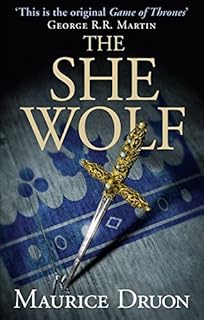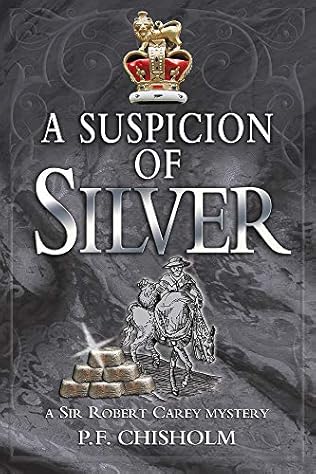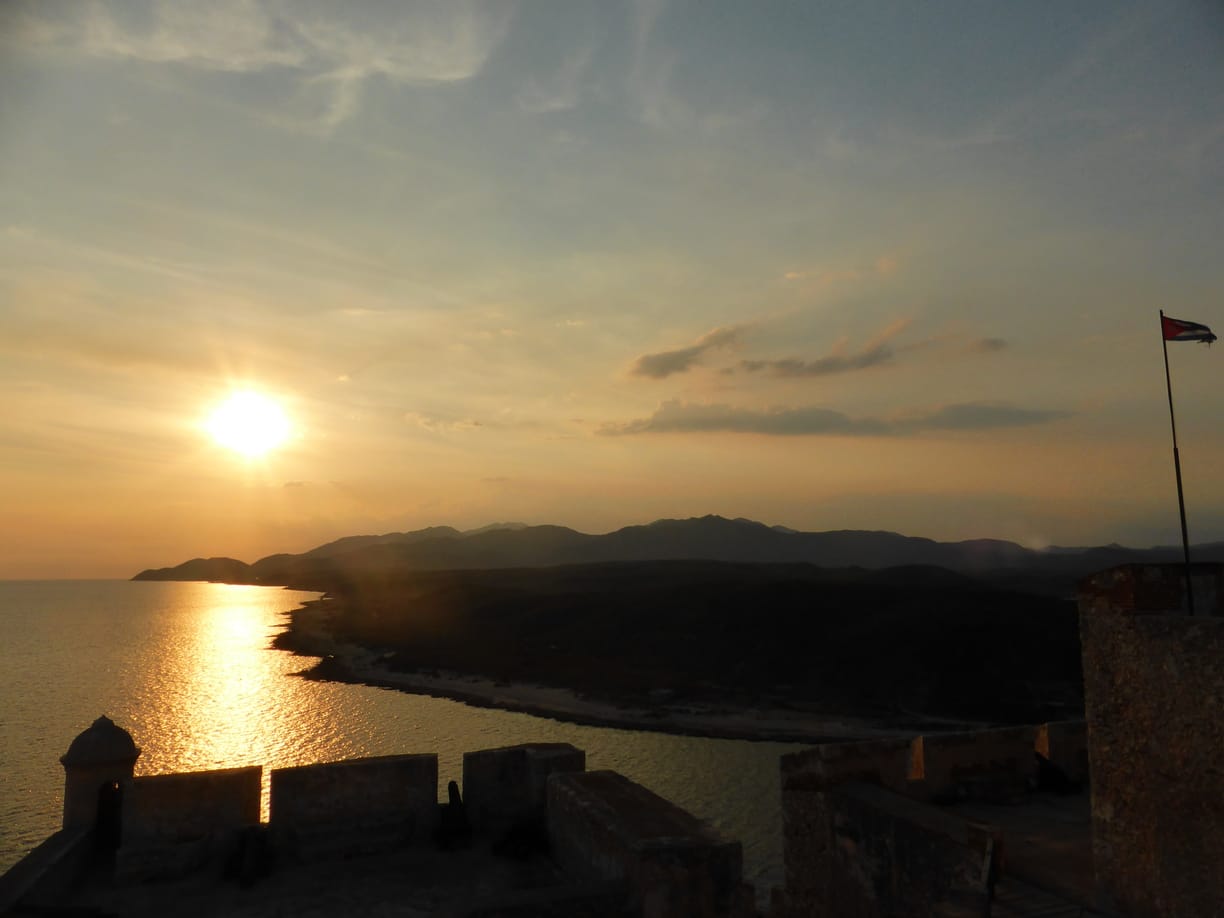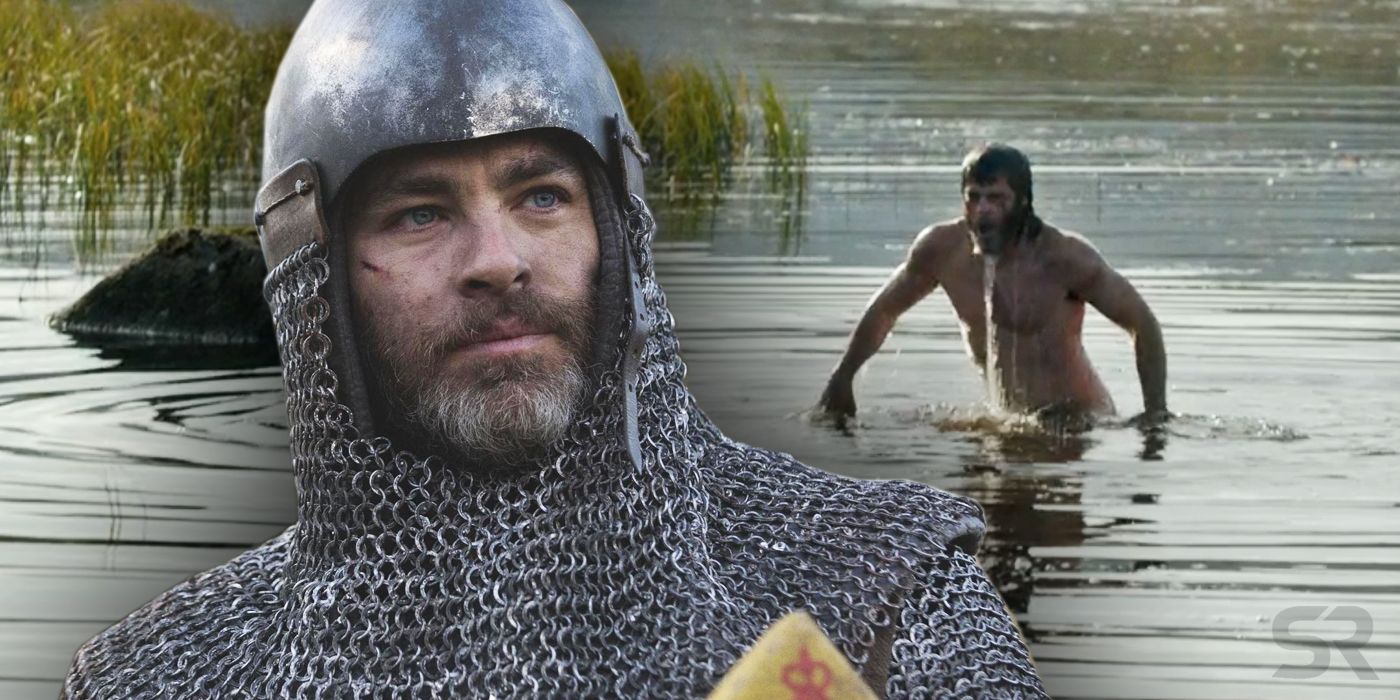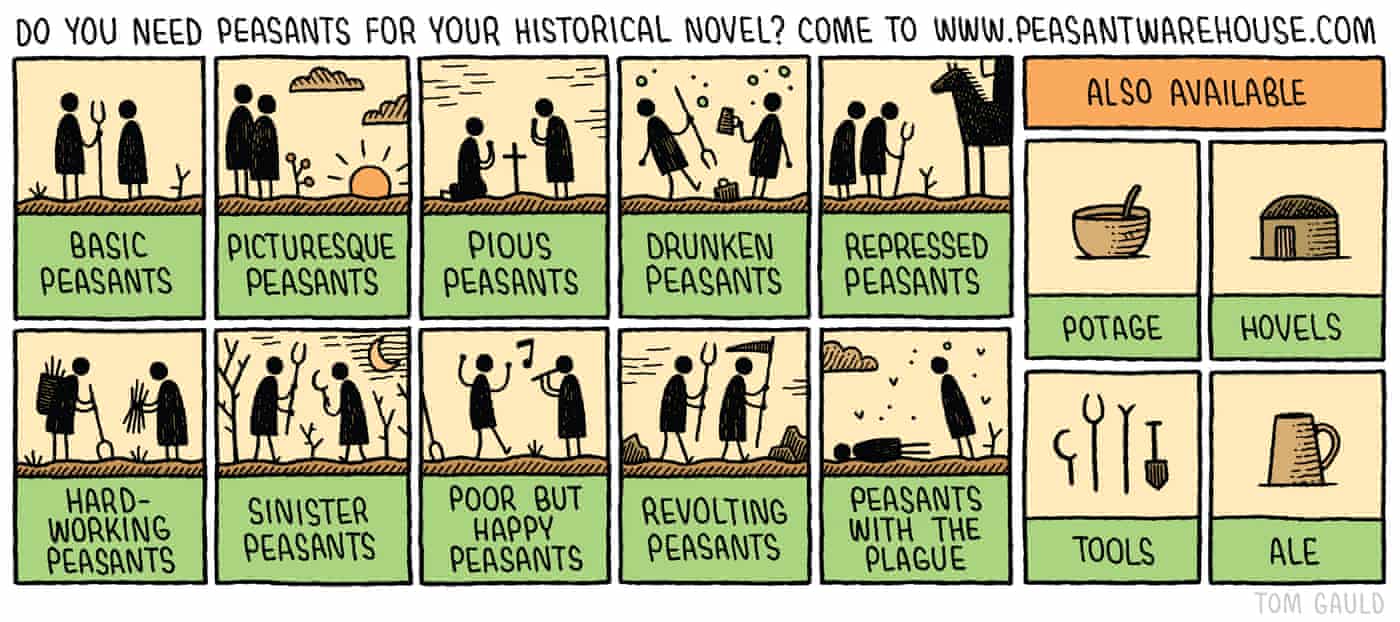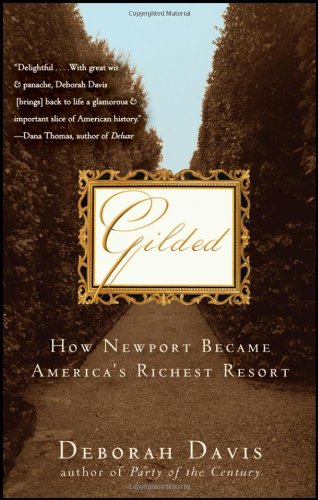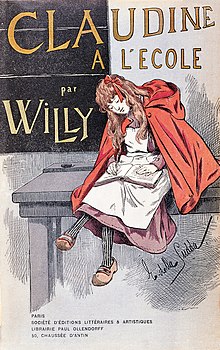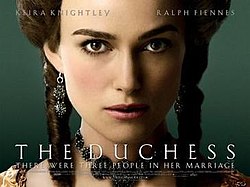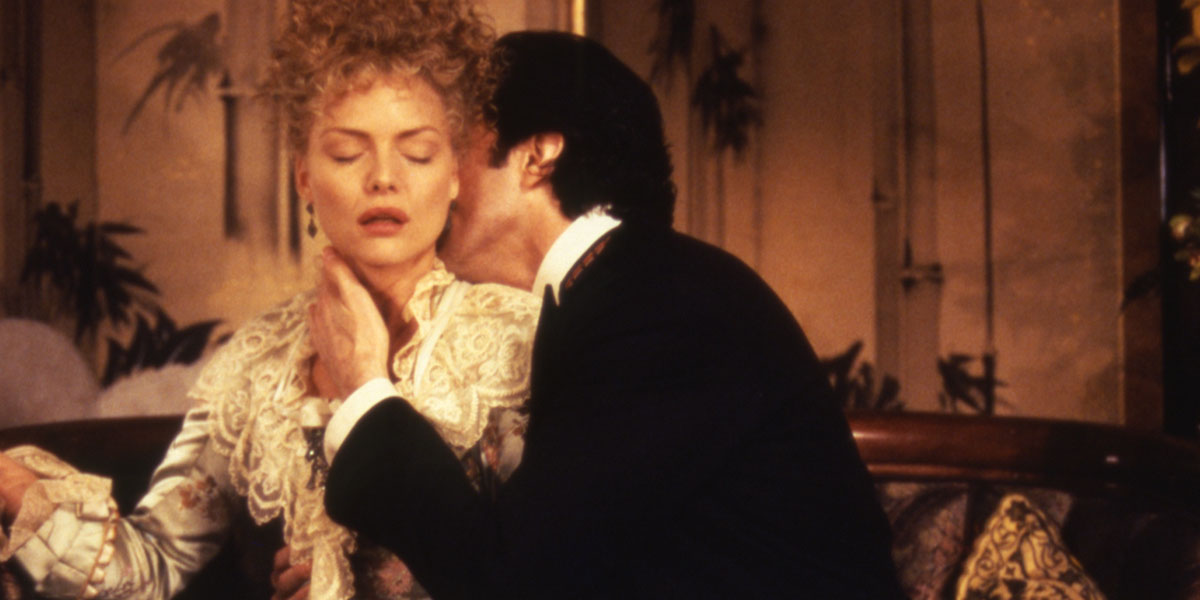. . . .Gads, this is exactly what living a month of Sundays was coined for. The weather, the holidays and real focus on going away to where we will drop out of time and US politics almost entirely -- complete temporal dislocation.
NY's Eve and NY's Day get-togethers with friends (many of them Postmambo Travelers now!) take out a lot of the prep time between after Yule and January 2nd's departure, so the day after Christmas I started getting as much done before New Year's Day as possible. This includes getting birthday gifts for our dear friends who happen to have been born on New Year's Eve, and often have received a short shrift on their day, as well gifts for the Cuban familia.
This is the last time I pack for these extended-play trips in Cuba. After this only short trips to Cuba.

I will be clamboring around Castillo de San Pedro del Morro again, for the -- how many times now? Six? I can't remember. But we'll also be doing things I haven't done before too. That's how these trips stay fresh. Always something new for us all.
But this final extended journey is going to be a lot easier. -- think, I hope. But then, almost anything would easier than 2018's January Central Cuba trip. But we're spending most nights in the same hotel, the Santiago Meliá, where I've stayed before -- it's a very nice hotel.The other two nights will be in Baracoa. This means far less unpacking and packing and unpacking, and humping the luggage from bus to rooms and back down again, while going through the check-in / check-out process. This makes everything hugely better, because it also means we don't have to spend as much time traveling either.
The people going on this one look to be very interesting. And some of them are relatives of long-time friends of ours. It's going to be strange though, w/o Steve and some others who have come on every Postmambo long trip I've been on. Well, back when they began, that first one, Steve wasn't the dear friend that he (quickly) became, along with several others. But I'm sure going to miss him, and Eliza and her wonderful daughter, Mai, and others too.
Yesterday I pulled together the meds and toiletries. There are so many little jobs that take an enormous amount of organization and time, and somehow demand being on one's feet and bending just a little bit -- hell on The Back if one has a Back like mine. I worked for three hours doing the sorts of tasks such pouring mouth wash into TSA acceptable sized bottles. Ya, we need a lot of mouth wash between the two of us, and el V's staying for two more weeks when I go home, as he begins immediately teaching an NYU course in Havana after Oriente. Mouthwash is an excellent disinfectant for one's toothbrush if it accidentally gets tap water on it (I won't even brush my teeth with tap water in most countries now), and an anti-itch remedy for insect bites. Then, I bent over to get something that had fallen on the floor -- SCREAM! Back had gone out. That finished yesterday. All I was good for was to search out books to download to the travel computer's hard drive, and making lists for what else I must be sure not to forget.
Today, it's sox and underwear and t-shirts.
Tuesday jeans and foot gear, and the dressy stuff. We have meetings with the Santiago arts organizations to discuss the theatrical version of The American Slave Coast, so I need to dress in something that isn't jeans and a t-shirt, I suppose. Not so easy to figure out at this point as it's in the 80's and very humid in Santiago, and the a/c will be freezing inside. Also, pack for serious rain (if one doesn't it will pour and if one does, hopefully it won't rain at all). Hot and humid, cold and clammy, and always humid, so 60 degrees is colder than sixty degrees here. Not easy, even though I've done this many times by now. What makes this all so difficult is that if one needs something that one doesn't have one can't buy it. This applies equally to things such as sox and umbrellas, aspirin and tampax.
Damned cold again here -- though if the Weather Critters are correct, the day I come is part of a string of days when the temperatures stay below freezing day and night. I can imagine that very well, having already experienced a string of that, though it wasn't technically winter yet.
But I CANNOT imagine 88° and bright sunshine!
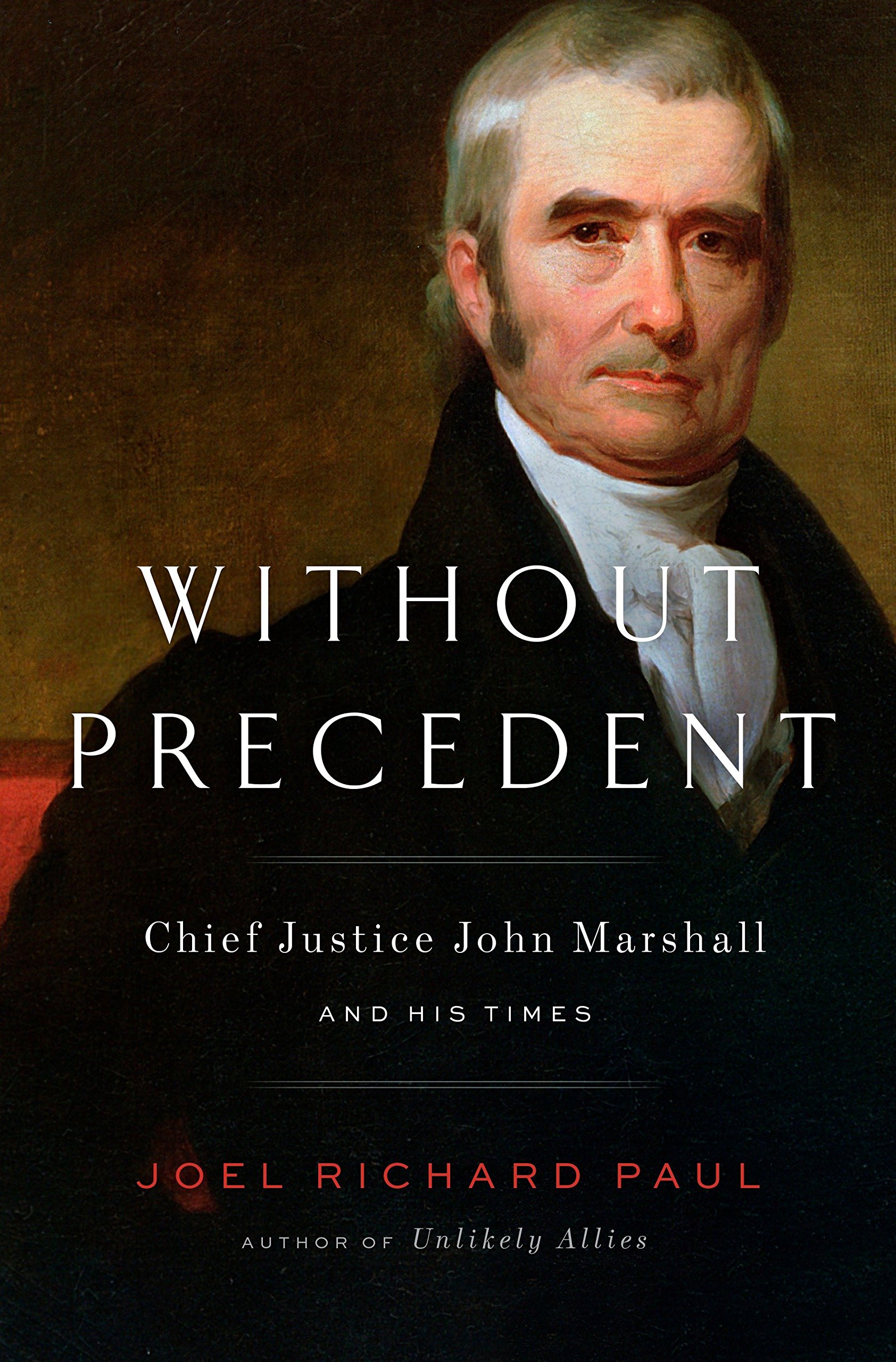
I stand here, listening to Without Precedent: Chief Justice John Marshall and His Times(2018) by Joel R. Paul (highly recommended), bagged in an oversize wool sweater, wool sox and thick boots, thinking about putting on mitts or holding my hands under warm water, staring at t-shirts and other thin, short-sleeved tops, and just -- What? What in the world is 88 degrees??????
Ah! Excellent -- the heat's coming up!



